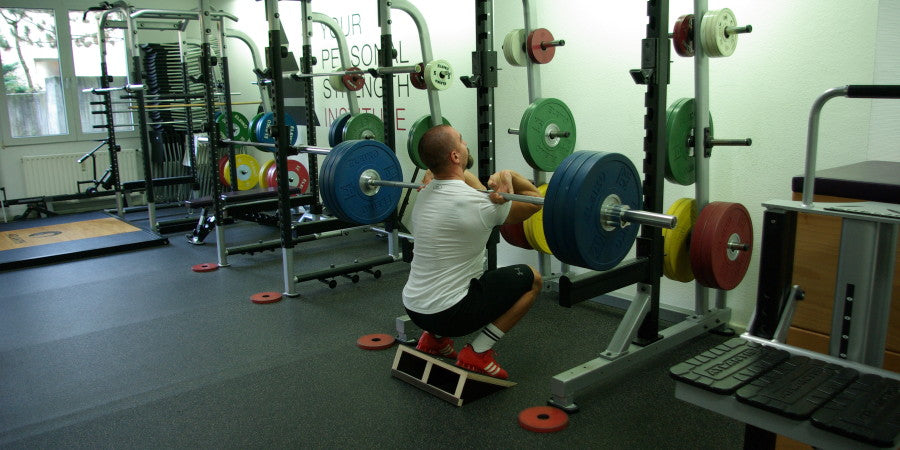"Ask the Coach" is the column in which Wolfgang Unsöld answers your questions. The book of the same name was published by Riva Verlag on February 13, 2017. You can order it right here on Amazon.
Question: What training do you recommend and use with your clients and athletes at YPSI to improve joint stability? Classic stability exercises or vibration training or something completely different?
WU: Stability in everyday life and in sports is crucial to prevent injuries and maximize training performance. The higher the stability, the higher the power output - because you can't fire a cannon from a canoe - and the less wear and tear on fascia and muscles.
When training stability, the first thing to differentiate is between low load stability and high load stability. Standing on one leg on a vibration plate trains stability with a small load – your body weight. I have already commented in detail on training on vibration plates here. The same applies to almost all exercises with your own body weight, especially for exercises where you lie down or kneel.
When you start sprinting, slow down from a full run or just go jogging (load per leg per step 4-6 times your body weight), high to very high forces/loads act on the body. Being able to stabilize the knee while standing on one leg has nothing to do with being able to stabilize the knee under high physical loads such as sprinting, running, braking or changing direction. It's as if Porsche were to test the GT3's brakes at walking speed and then conclude how they perform when the car has to slow down from 180km/h to 50km/h in 3s before the corner on the track. In short: Apples and pears are being compared. In everyday life and sports, stability under high loads is almost exclusively decisive for optimal injury prevention and maximum performance.
Another factor for optimal stability is optimal mobility. Training a muscle or joint through its full range of motion is critical to building stability over that radius. Two simple examples are half squats, where the squat is only performed over half the range of motion. Muscularly, this recruits more vastus lateralis, which relatively weakens the vastus medialis, which is primarily recruited in the top 15° of knee extension and below 90° of knee flexion. Since the vastus medialis is one of the two most critical knee stabilizers, half squats destabilize the knee.
A second example is shoulder stability. The shoulder's most neglected range of motion is overhead movements. A lack of mobility in this area automatically leads to a lack of stability. Part of the reason barbell overhead presses are one of my primary exercises for restoring shoulder mobility and stability.
Conclusion: The basis for stability is mobility. Stability at high loads must be trained with high loads. Classic strength training with barbells and dumbbells and progressive resistance is the most efficient method for this.
Good luck with specific stability training!
If you have a question for the Ask the Coach column, post it in the comments below and with a little luck your question will be selected for an upcoming post or the next Ask the Coach book.
Picture: YPSI Coach Goran Sirovina at LH Front Quad Squats with 141kg. LH front quad squats are an advanced exercise that engage the primary knee stabilizers with high loads over a wide range of motion. LH Front Quad Squats make the knees bulletproof.

